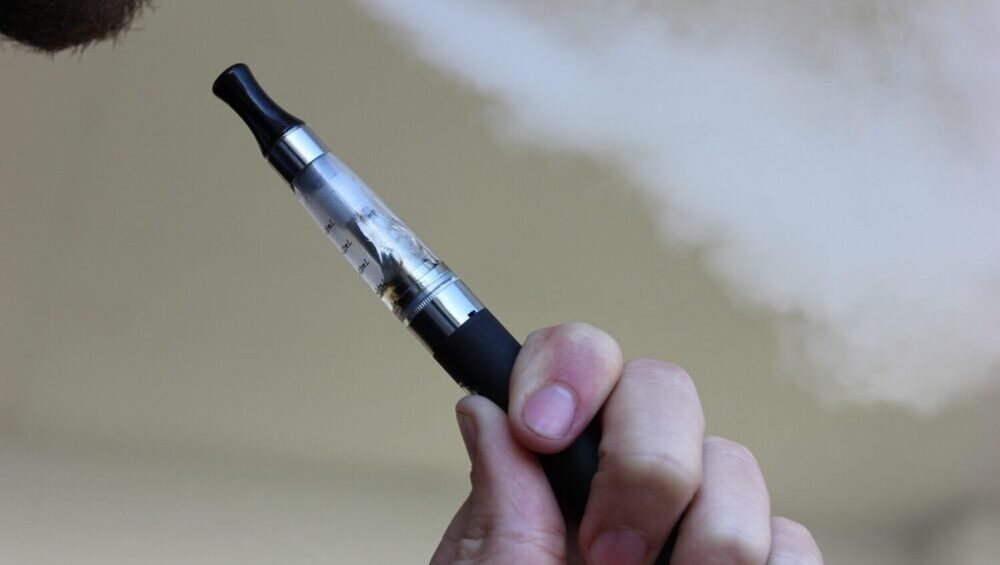The debate between vaping and smoking has intensified over the past few years, drawing attention from health professionals, researchers, and the general public alike. As two prominent alternative nicotine delivery methods, both have their staunch proponents and vocal detractors.
Regrettably, the discourse surrounding these methods is often riddled with misconceptions and misinformation, leading to confusion among potential users. This comprehensive article aims to shed light on the health impacts of both practices, providing an evidence-based comparison and dispelling some of the most common myths.
Understanding Vaping and Smoking
At its core, vaping involves inhaling an aerosol, often referred to as vapor, which is produced by an e-cigarette or a similar electronic device. This vapor is generated when the device heats a liquid known as e-liquid or vape juice. In contrast, smoking is the traditional method that involves burning tobacco leaves and inhaling the resultant smoke.
While the mechanics of vaping rely on electronically heated coils to vaporize the e-liquid, smoking depends on the direct combustion of tobacco, a process that has been practiced for centuries.
The primary substance that smokers consume is tobacco, a natural plant that contains nicotine along with thousands of other chemicals. In vaping, e-liquids can be a concoction of several ingredients including nicotine, propylene glycol, vegetable glycerin, various flavorings, and sometimes other additives which are clearly displayed in every vape shop Toronto package, for example, has to offer and all over the world too.
Myths and Misconceptions about Vaping

Source: stopsmokinglondon.com
One widespread myth about vaping is the belief that e-cigarettes merely produce harmless water vapor. Contrary to this belief, the aerosol from e-cigarettes contains a mixture of potentially harmful chemicals, although generally in fewer quantities than traditional cigarettes.
Another prevalent misconception is the notion that vaping is entirely safe, a risk-free alternative to smoking. While vaping is often considered a less harmful alternative to smoking, it’s essential to understand that it’s not entirely devoid of risks, especially when considering products that are unregulated or those containing potentially harmful additives.
Myths and Misconceptions about Smoking

Source: news-medical.net
Over the years, many myths have surrounded smoking. A common one is the belief that “light” or “low-tar” cigarettes are somehow safer or less harmful than regular ones. However, extensive research has shown that they pose the same health risks as their regular counterparts. Another widespread misconception is the idea that smoking predominantly harms only the lungs.
In stark reality, smoking has a systemic effect, impacting nearly every organ in the body and is intrinsically linked to a plethora of diseases.
Health Impacts of Vaping
Vaping, being a relatively new phenomenon, is still under extensive research. Preliminary studies suggest potential respiratory and cardiovascular risks associated with its regular use. Additionally, there’s growing concern about vaping’s impact on the younger generation, with some studies indicating that it could serve as a gateway to traditional smoking.
However, the long-term health implications of vaping remain a subject of ongoing research, and more comprehensive studies are needed to draw definitive conclusions.
Health Impacts of Smoking
The detrimental health effects of smoking are well-documented and have been studied for decades. Smoking remains the leading cause of preventable deaths worldwide. It’s intrinsically linked to a host of ailments, including but not limited to lung cancer, heart disease, and various respiratory diseases. The act of burning tobacco, or combustion, produces a cocktail of thousands of chemicals, a significant number of which are known carcinogens.
Nicotine Content and Addiction

Source: yalemedicine.org
Both e-cigarettes and traditional cigarettes deliver nicotine, a highly addictive substance. However, the nicotine content and delivery can vary significantly between the two. E-cigarettes often allow users to adjust the nicotine level to their preference, while traditional cigarettes typically have a fixed nicotine content.
Regardless of the source, nicotine can lead to addiction, manifesting in withdrawal symptoms like irritability, anxiety, and intense cravings when attempting to quit.
Secondhand Exposure and Environmental Impact
The dangers of secondhand smoke from cigarettes are well-established, leading to respiratory issues and even heart disease in non-smokers who are exposed. Secondhand aerosol from vaping, while perceived to be less harmful, still contains several toxicants. Both smoking and vaping have significant implications for indoor air quality, with smoking generally having a more pronounced and detrimental effect on the environment and those around.
Smoking Cessation and Harm Reduction

Source: verywellmind.com
Vaping has often been championed as a potential smoking cessation tool. Some studies and anecdotal evidence suggest that e-cigarettes can indeed help smokers quit. However, the evidence is mixed, and the medical community remains divided on vaping’s efficacy and role in smoking cessation. Some health experts advocate for its potential benefits as a harm reduction tool, while others express concerns about its risks.
Regulation and Safety
The regulatory landscape for vaping and smoking products varies considerably by country and region. One of the primary concerns about vaping stems from the lack of standardized manufacturing processes, leading to significant variability in e-liquid content and quality. Both vaping and smoking products, however, are subject to age restrictions, advertising bans, and packaging regulations in many jurisdictions to protect public health.
Impact on Youth and Adolescents
Vaping has seen a surge in popularity, especially among the youth, with enticing flavors and savvy marketing strategies targeting this demographic. The rise in youth vaping is a significant concern for public health officials, given the potential health risks and the possibility of these young vapers transitioning to traditional smoking later in life.
If you are a parent and reading this, you should check out our article about what should parents know about vaping and learn something you didn’t know.
Conclusion
The debate between vaping and smoking is intricate and multi-faceted. While vaping is generally considered less harmful than smoking, it’s crucial to understand that it’s not entirely risk-free. As with any health-related decision, individuals should be equipped with evidence-based information and consider their health and well-being when choosing between these nicotine delivery methods.
Note on Individual Choices and Health
It’s paramount to recognize that individual health circumstances and choices are diverse and multifaceted. While this article provides a general overview and information, readers are strongly encouraged to consult healthcare professionals for personalized guidance and advice. Making informed and educated decisions is crucial for one’s overall well-being.


















